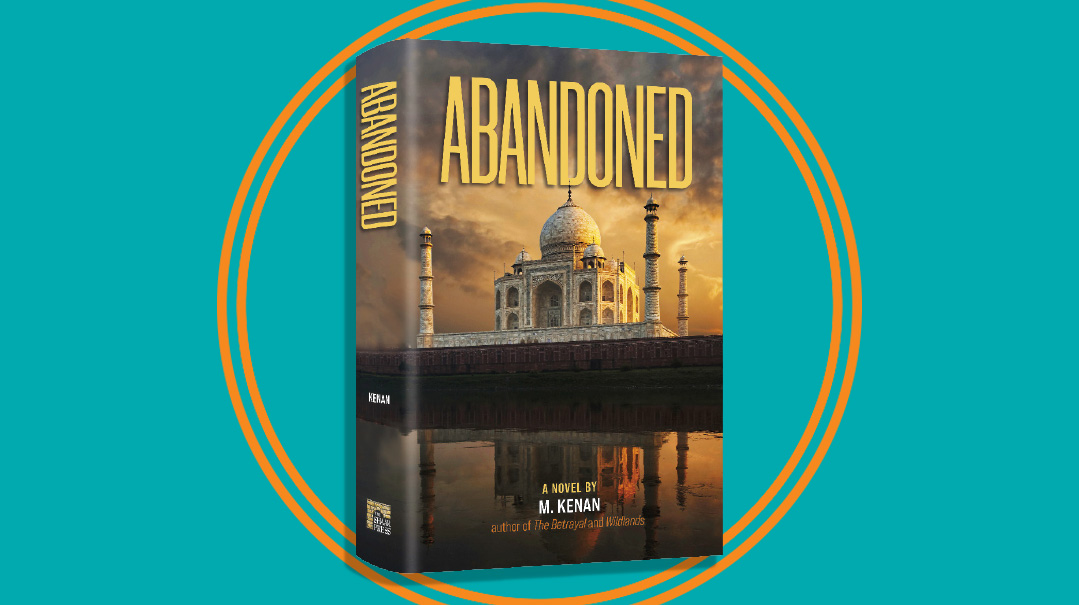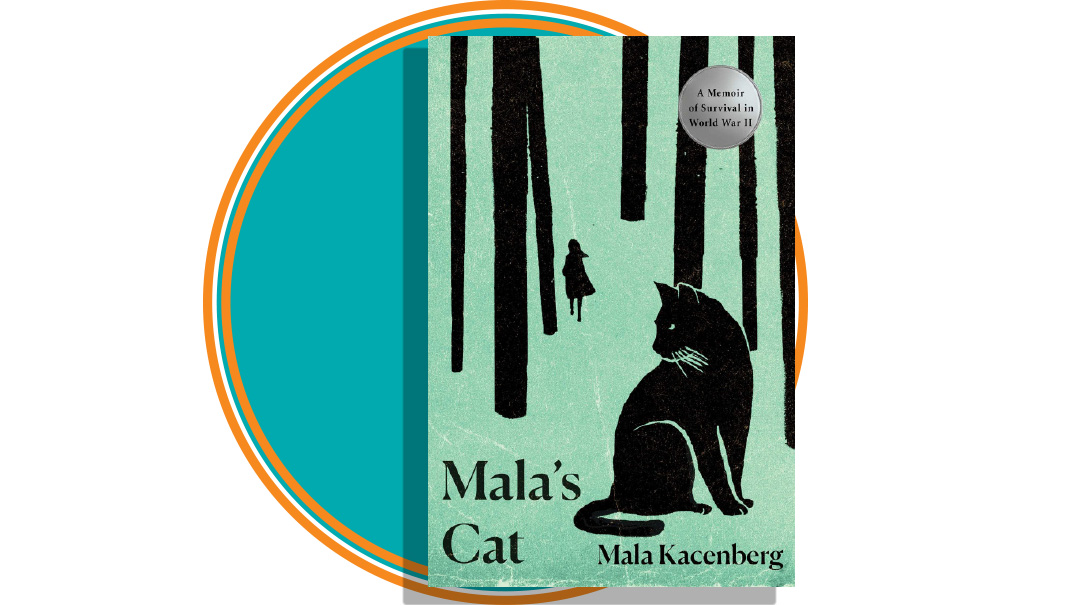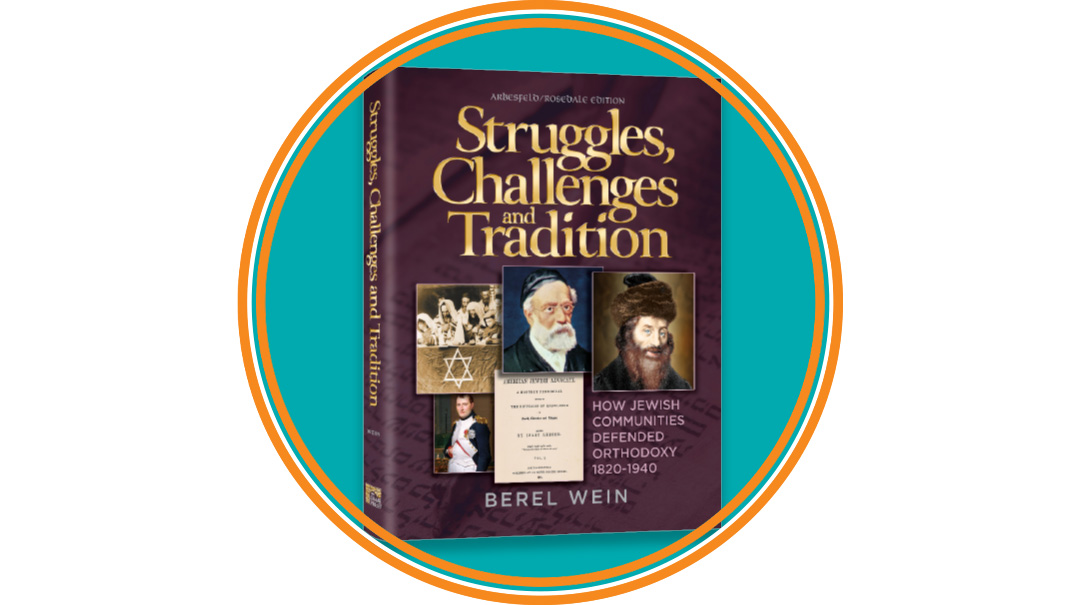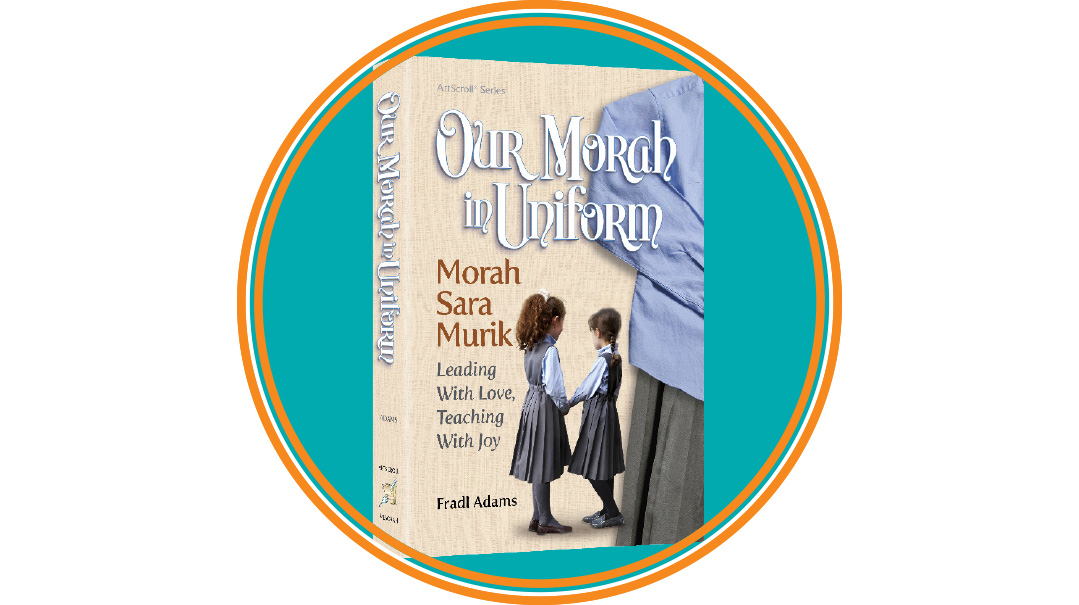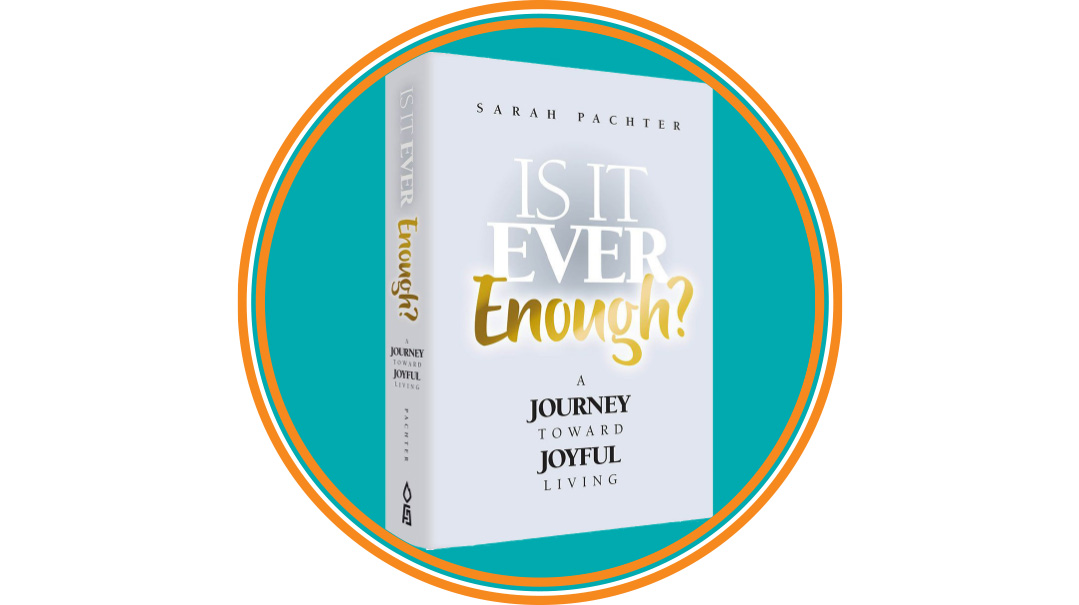Light at the Beginning of the Tunnel
| May 11, 2021How the positive psychology component of raising well-adjusted children dovetails with the teachings of Chazal
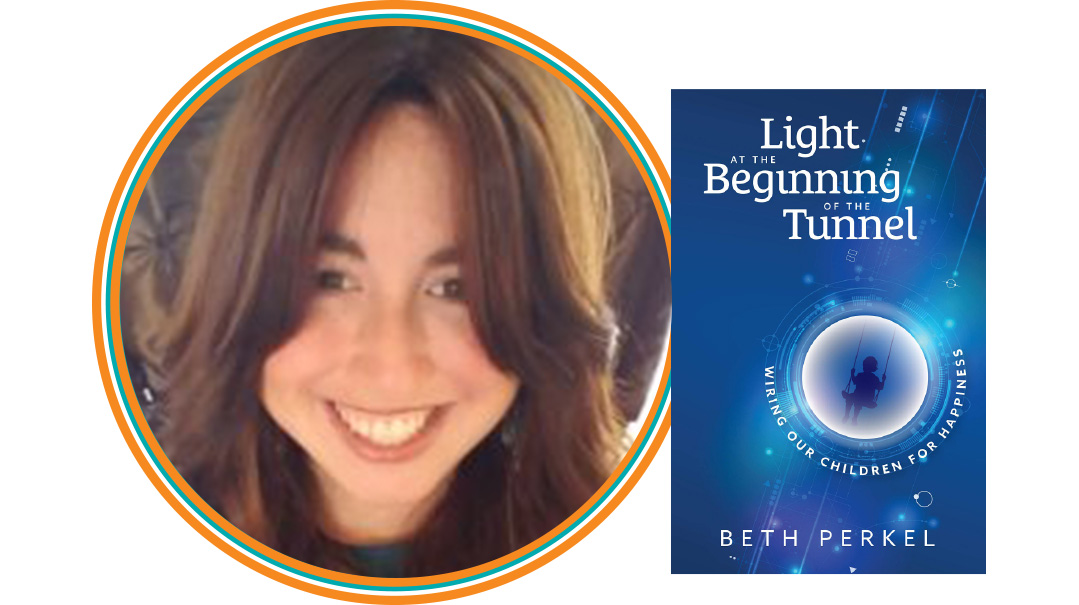
Book: Light at the Beginning of the Tunnel
Author: Beth Perkel
Publisher: Mosaica Press
The birth of this book
Back in university, I was fascinated by research pertaining to people’s dispositions and happiness. This was at the start of the field of “positive psychology” and its efforts to scientifically explore human potential, including positive thoughts, behaviors, and emotions (such as happiness). A professor at my university, Martin Seligman, published one of the first books in the field, Authentic Happiness, when I was a freshman.
I followed developments over the years, marveling at how positive psychology overlapped with Torah thought, and when I became a rebbetzin in 2008, I began to give shiurim that covered positive psychology through the prism of Torah.
At the time, I was a young mother. As my family grew, I recognized the importance of building my children’s inner happiness from the earliest ages. In 2012, I began to write a blog on teaching children happiness. That blog eventually blossomed into this book.
Why now?
Children today are growing up with different challenges than those previous generations faced. This book is a resource to address those challenges. It demonstrates how the positive psychology component of raising well-adjusted children dovetails with the teachings of Chazal.
While my book was being printed, I felt the need for its teachings even more strongly. One facet of COVID’s impact is the mental health struggle it left in its wake. Even those who have had exposure to some of these ideas will find it powerful to relearn and review them as we strive to strengthen our families’ resilience and equilibrium after going through this challenging period of time.
Describe your writing space
A few years ago, we converted our attic into a living space. I am like a moth to natural light, and because it was originally a bit dark up there, we added several skylights. The ceilings are low and slanted, so you can literally stand with your head outside the skylight, making you feel as if you’re in the treetops during the day, and in an observatory at night. It’s a wonderful recipe for inspiration. I love writing there because of the quiet, far above the noise of our kein ayin hara lively household, and because of the easy accessibility to nature and light.
This book is for
Parents and grandparents of all stages. I believe that happiness is a “full family endeavor.”
What it covers
The first section homes in on understanding our children (and anyone) as individuals: It focuses on unpacking the deeper definitions of terms that are often thrown around but seldom defined, as well as providing exercises to help uncover the motivations behind our children’s behaviors.
The second section focuses on happiness skills for kids. I educate the reader on planting specific happiness seeds in their children (grit, acceptance, gratitude, emotional agility, mindfulness, patience, and more) as well as working on other skill that will support the sprouting of these happiness seeds (setting up the physical home for happiness, slowing down the rush of our daily lives, letting ourselves become comfortable with allowing our children fail, to name a few). Lastly, I detail plans for growing and maintaining this abundant happiness crop (tackling vulnerability, reducing complaining, identifying strengths, getting quality sleep, and more).
The third section focuses on developing our happiness as adults, and the fourth section offers targeted tools to support ourselves on the journey toward greater family happiness.
An early experience when you learned the power of writing
My first-grade teacher, Mrs. Cohen, looked at a 13-page story I turned in, and put the idea into my head, at age seven, that some day I’d be a writer. Years later, she sent me a wedding gift and enclosed a very special present —a story of mine from first grade that she’d saved all those years! It was like a time capsule that allowed me to visit an old version of myself — even better than a photo.
Authors who were part of my journey
In terms of nonfiction: Miriam Adahan, Rabbi Jonathan Sacks, and Anne Lamott.
An unforeseen challenge as I wrote
Things got challenging very quickly during the months of lockdown. I had many editing and rewrite deadlines and suddenly found myself with everyone stuck in the house 24/7. My husband and I came up with a plan: He worked in our attic office during the workday, we then had a family dinner, and then I’d “commute” up to that same office. There were nights when I worked straight past midnight. Since I had limited time, I suddenly found myself fueled by adrenaline. I was very productive during those hours.
Before I begin to write I often daven, and when things get challenging, I daven harder —I pray for Hashem to give me the right words to inspire people through my writing and bring them closer to Hashem. I say the fragment from the Rosh Hashanah davening which says
The thoughts in man’s heart are his to arrange,
but eloquence comes from Hashem.
O Hashem, open my lips, so that my mouth may declare Your praise.
This says it all for me. I am ultimately Hashem’s mouthpiece to get messages across through my writing
Inspired Addition
The “Tips and Takeaways” sections at the end of each chapter didn’t appear in the first version. I wrote them during a round of editing, to make the book as practical and easy-to-implement as possible. I’m so glad I did, because people have given them rave reviews.
Surprises along the way
One of the biggest surprises of my life: In middle of writing the book, I suddenly discovered I was expecting triplets. But after a few weeks, there were only twins, and by the second trimester it became a full miscarriage.
Those months were fraught with twists and turns and severe morning sickness, and the book project completely stalled mid-page. “Right now, all your energy needs to be on writing the story of your family,” I’d tell myself.
Very soon after losing the babies, I continued writing. The nature of this project was a tremendous nechamah — somehow, giving people chizuk and tools for their parenting helped me through my loss.
The book was finished at midnight near what had been my babies’ due date, and I remember crying as I wrote the final words and thinking how this could have been the day they were born had my journey gone differently.
The best money I spent as a writer
The money I spent on transportation traveling to fascinating writing opportunities. Two examples: When I was in college, I landed an internship at the Simon and Schuster publishing house. It was unpaid, and travel was a hassle, but I learned so much about the book industry and the editing process, and scored a pretty impressive library from their free shelf for staff. Another time, a writing professor of mine had a connection to the bureau chief of the Washington Post in New York and arranged for me to shadow him for several days. I had to travel from another state for the opportunity, but I learned a lot. Such hands-on opportunities were worth paying whatever it cost to get to them.
My goals for the book
I’d love to have women enjoy reading the book. Foremost though, I’d like them to walk away feeling supported, encouraged, and empowered, with new tools to help “wire” themselves and their children with life-enhancing skills.
Advice to my younger writing self:
Don’t get derailed by the inevitable rejection that’s part and parcel of the writing world. While I have baruch Hashem been successful in getting articles published — my first one was accepted by Newsweek at age 17! — my first two attempts at a novel were rejected multiple times. I realize now that my younger self was too quick to shelve those projects. I wish I had persevered.
(Over the past year, I’ve written a manuscript for my third novel, so hopefully I can now put this “advice for my younger self” into action.)
Well-Wired
The art department went through four very different cover designs before we chose this one. People assume that it’s a picture of the night sky or outer space, but actually, it’s an electrical circuit path.
(Originally featured in Family First, Issue 742)
Oops! We could not locate your form.


